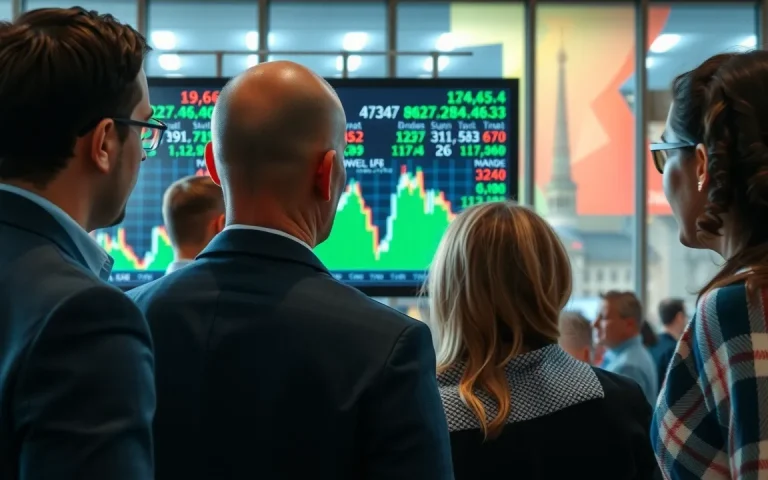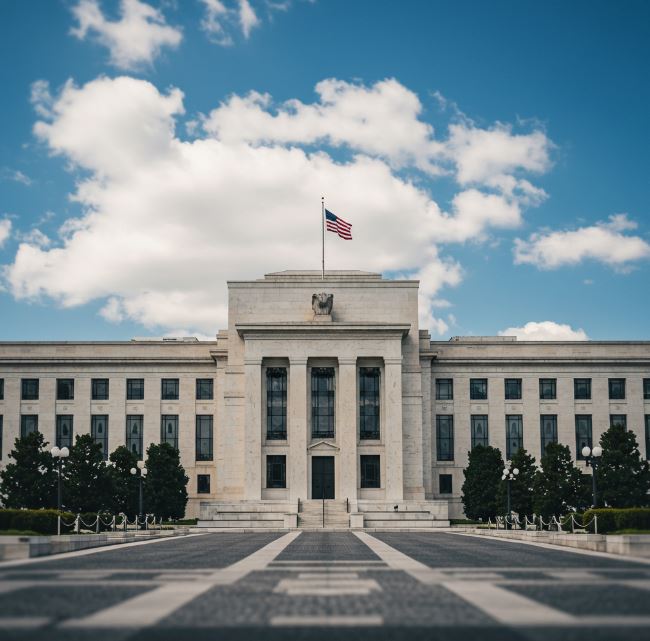Climate change protesters disrupted Australian Woodside Energy’s annual general meeting on Thursday with whistles and shouts.
The demonstration heckled Chief Executive Meg O’Neill and caused multiple suspensions, according to a Reuters report.
Investor dissent continued against Woodside’s gas projects and sustainability efforts, mirroring the previous year’s sentiment.
Shareholder dissent
Notably, prominent Australian pension funds HESTA and Aware demonstrated their concerns by lodging protest votes specifically targeting the director responsible for overseeing climate risk management within the company.
This action underscores the increasing scrutiny from institutional investors regarding the adequacy and implementation of climate risk strategies by major energy corporations.
The protest votes serve as a clear signal of shareholder dissatisfaction and a demand for greater accountability in addressing environmental concerns related to Woodside’s operations and future development plans.
This continued investor activism highlights a growing trend of utilising shareholder rights to push for stronger corporate action on climate change within the energy sector.
“I’d ask you to please be respectful of the other actual shareholders in the room who have a keen interest in understanding what we’re doing to generate value for them,” O’Neill told protesters who interrupted her opening address, according to the report.
Several individuals shouted, “You should be ashamed!”
Disruption
Twenty minutes into the annual meeting held in Perth, a city in Western Australia, the proceedings were disrupted by a cacophony of whistling and shouting.
This outburst occurred while O’Neill was addressing the attendees, focusing on Woodside Energy’s extensive gas portfolio.
The discussion encompassed the company’s perceived societal contributions and its stated role in addressing critical global issues such as energy security and the urgent need for decarbonisation in the face of climate change.
Chairman Richard Goyder described the behavior as “unnecessary.”
Event organisers halted the proceedings, attempting to mask the disruption by playing promotional videos highlighting the company’s energy initiatives and their sponsorship of the Fremantle Dockers football club.
O’Neill added:
We have plenty more of these videos we can play.
Last year’s annual meeting of Woodside Energy was met with protests, mirroring the current situation.
At that meeting, shareholders demonstrated their dissatisfaction by voting down Woodside’s proposed emissions reduction plan.
The protests and the subsequent vote against the emissions plan underscore the increasing pressure Woodside Energy faces from both environmental activists and its own shareholders to adopt more ambitious and transparent climate strategies.
LNG expansion
The company recently approved a $17.5 billion liquefied natural gas project in Louisiana, United States.
This expansion will increase their total LNG production to 24 million tonnes per annum (Mtpa) within the next ten years, representing over 5% of the global LNG supply.
Glass Lewis, a prominent proxy advisory firm, has advised shareholders to vote against the re-election of independent director Ann Pickard.
Pickard chairs the oversight committee responsible for climate risk, and this recommendation comes before an upcoming meeting.
HESTA, Aware, and Norway’s Storebrand will oppose Pickard’s re-election. US pension funds CalPERS and CALSTRS also plan to vote against director Ben Wyatt.
HESTA said in a statement:
The steps taken by Woodside so far fall short of what is needed to position it for the global transition to a low-carbon future and the company needs to do more.
The post Woodside’s annual meeting marred by climate protests and investor backlash appeared first on Invezz










